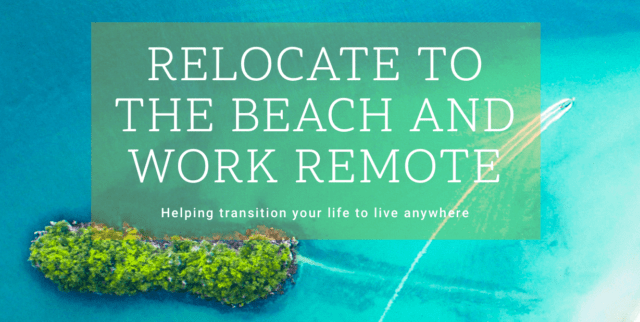Where once the marketing focused on the sun and beaches and lush jungles, now it goes much further: leadership in conscious tourism. People don’t just go there to chase waterfalls or Instagram their trips. There’s a purpose. People want experience, sustainability, and emotional connection in post-pandemic travel behaviors, and the role of Costa Rica is a flashpoint at which ‘how to travel’ has been impacted by ‘where to travel.’
Regenerative Travel and New Visitor Expectations
By 2025, travelers will not only prefer an eco-friendly place to stay but also meaning out of their stay. While the Costa Rican Certification for Sustainability Tourism (CST) still stands as a model for acceptable practice, there is a growing number of tourists drawn towards Regenerative Tourism, which goes far beyond avoiding harm but rather actively contributing to restoration of both the environment and social systems.
This shift in mindset can be seen in how travelers think about offsetting footprints less and planting seeds both literally and metaphorically. Property-wide activities and horseback safaris take in guests from villages, while guests from further afield can drive or fly in. Even apparent detours, like a conversation on virtual online slots or analog pause, very often mirror the general mood for meaningful, light, and low-impact leisure. Notably, many tourists perceive their vacation nowadays as not an escape but a return to their values.
Meaningful engagement over fleeting experiences
Where earlier itineraries were whirlwind affairs, today’s conscious traveler prefers to slow down. The focus is on quality over quantity. Rather than zipping through a dozen-or-so countries in seven weeks, it’s preferable to spend time in a single destination, getting to know it and absorbing its rhythms.
Such travel leaves room for real experiences; it could be as simple as exchanging stories over a rural homemade meal, gaining traditional cooking techniques from Indigenous women, or engaging in a sea turtle conservation night on a beach under the moon. Such experiences do not only benefit the traveler but also assist local communities and preserve culture. It’s reciprocity at the heart of tourism, where both guest and host receive measurable gain.
Wellness meets wilderness
Another emerging trend is well-being. Costa Rica’s natural peace serves as the perfect base for travelers in need of inner harmony. Yoga retreats in the middle of the jungle, silent meditation retreats in eco-lodges, and forest bathing trails are all moving beyond travel trends to reasons to choose a destination.
Nosara and the Osa Peninsula are some such places where wellness gels with nature. They are remote enough to provide solitude yet deeply rooted in community values. Here, people are likely to wake with the sun, eat farm-fresh meals, and spend their days hiking, surfing, or just listening to the wind, which is nature’s own music. It’s not only the physical health one considers; there is psychological health resetting as well.
Beyond the popular hotspots
Crowded attractions are still appealing to most travelers, but the trend is shifting to off-the-beaten-path travel. Volcanic landscapes in Turrialba or trails that kiss the clouds in San Gerardo de Dota are some of the places garnering interest for being real and affordable.
All of these have been intentional. Management has placed entry limits on super-popular national parks and invested in the infrastructure of less known parks. A strategic move that will not only save the heritage of nature but will spread the profit and impacts of tourism to more communities.
Digital tools for smarter choices
Technology is a big player. Travelers are enabled by real-time park updates, wildlife alerts, direct communication with certified local guides, etc., to make informed decisions on the go. These are useful ways in which one may avoid the crowded trails, find eco-certified accommodations, or book directly with a women-led cooperative.
Having gotten used to wagering online from home, the tech-savvy traveler also takes ample time to plan their vacation by checking the tide timings at their surfing destinations. They could even organize a reforestation activity through an application on their device and volunteering the time at the project. It’s convenience wedded to conscious choices and not something that detracts from travel experience, unlike in this case travel by building technology into the nature of travel itself.
Conclusion
Eco-conscious tourism in Costa Rica has ceased to be the preserve of a few; it is becoming widespread. People are no longer content with holidaying but wish to have an experience that is more enriching. Be it forest regeneration, meals shared with a local family, or just soaking in the silence of the rainforest, modern travelers are choosing experiences that make better sense. In such a world where every foot, toe, or claw makes an indentation, Costa Rica is still leading the march on what real “sustainable” travel might look like.

